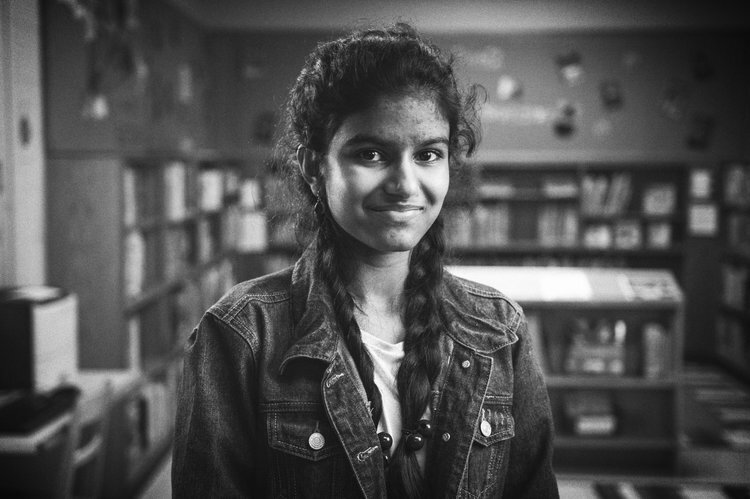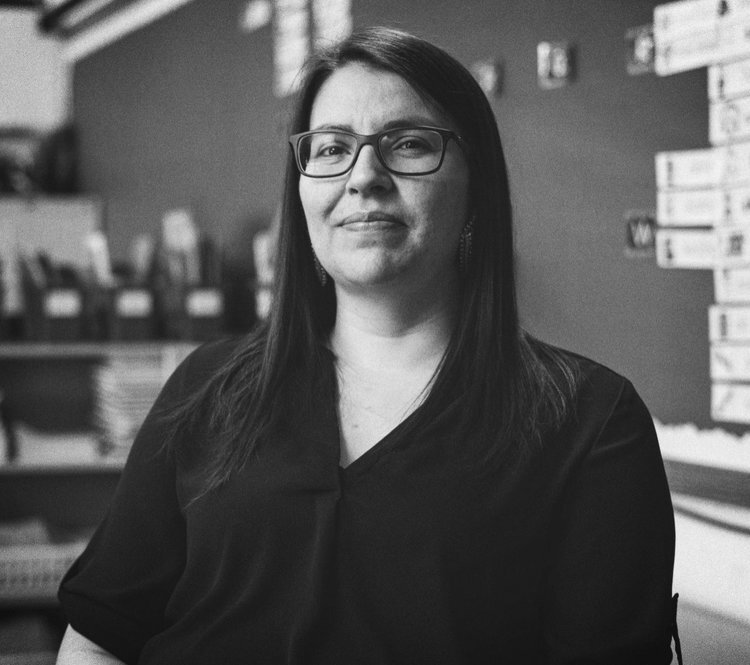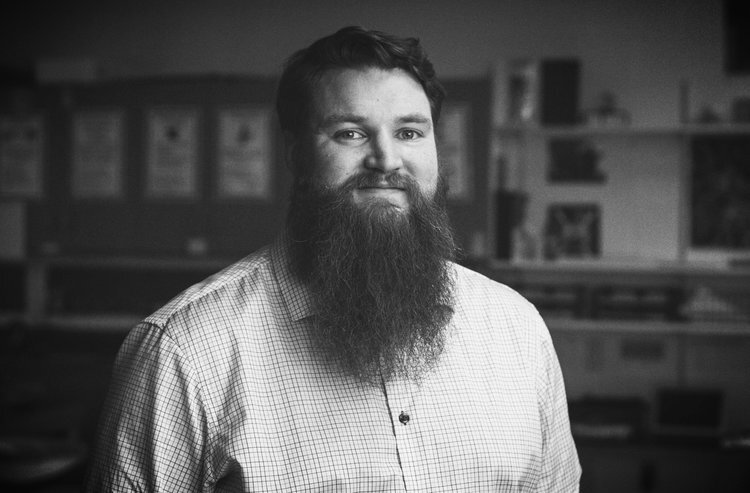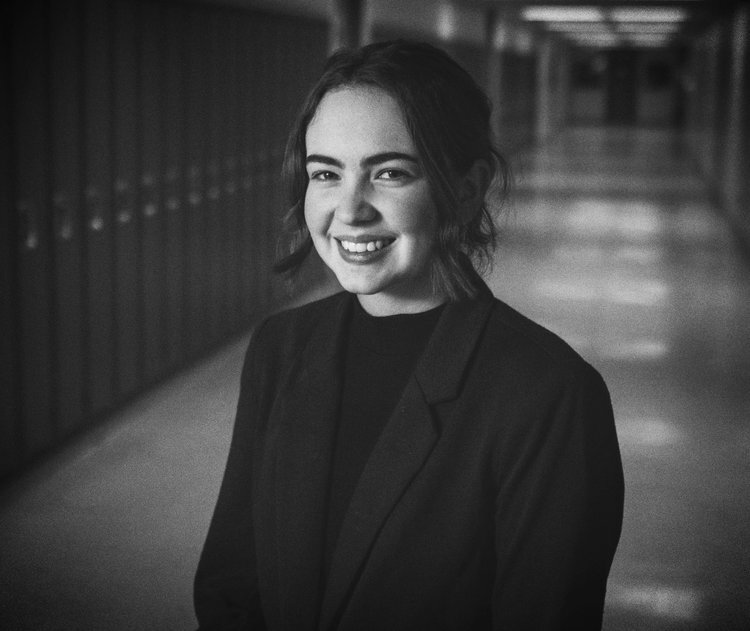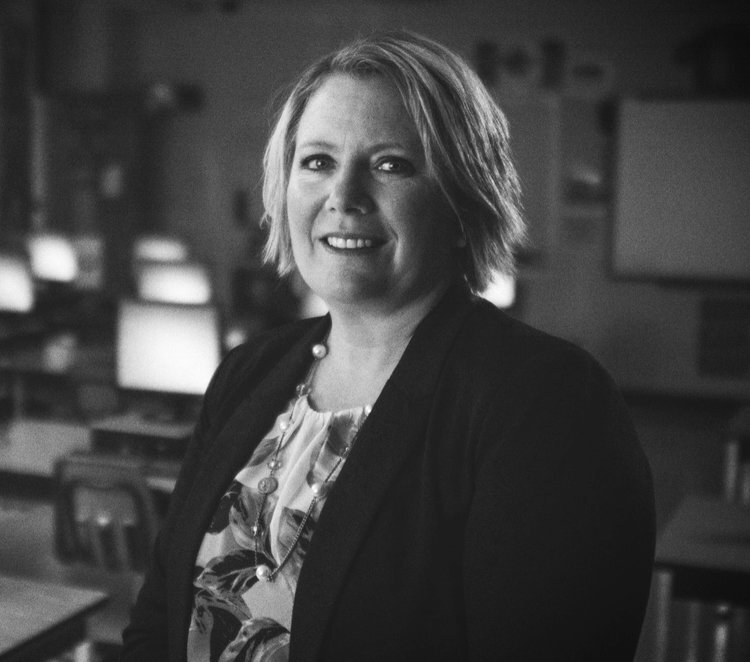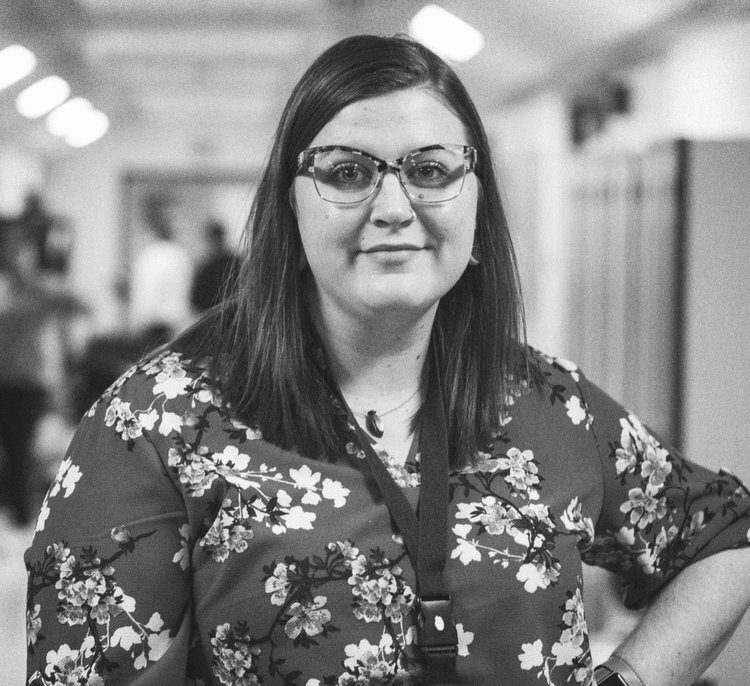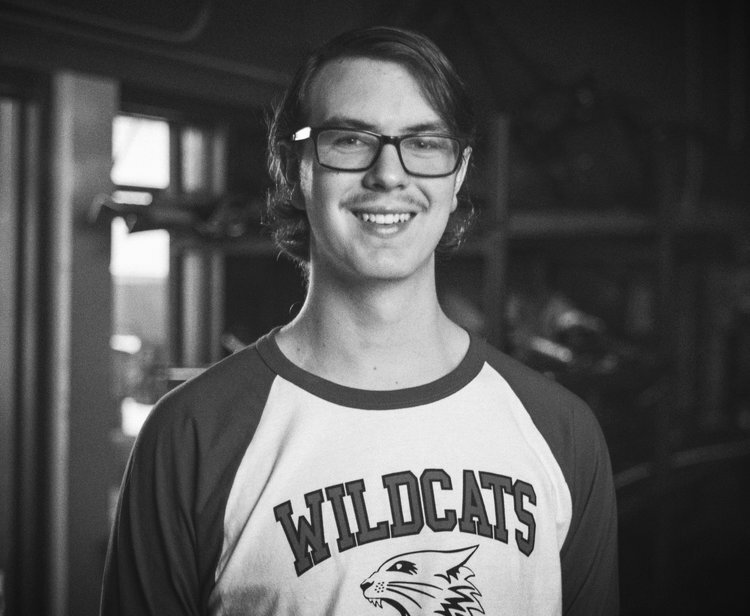BREAKDOWN: THE TEACHER PROJECT
A SERIES IN RETROSPECT
GOAL
Make a consistent series that promoted real hard working, forward thinking teachers in Saskatchewan, to build positivity towards the profession in our province.
SCOPE
The project thus far has spawned 18 episodes:
3 pilot episodes created with Saskatoon Teachers' Association.
8 episodes for Season 1 with Saskatchewan Teachers' Federation.
7 episodes for Season 2 with Saskatchewan Teachers' Federation.
IMPACT
For me, what was most exciting about the project was its impact and engagement. From the beginning with the launch of the original three episodes we hit 100K views naturally, got picked up by the news & newspaper, and created a difference in our characters lives. Jeffre's mother Barb Hubert (S0E1) told us that people would actually recognize her son on the street, and it's actually made a positive impact on his life. That is what this series is about.
It didn't even stop there. We've seen from each school their appreciation to have their stories being told, and we've seen each community back their schools up with love & support. The comments online on each episode is generally very positive, with people wanting to see more of this forward thinking education in schools - which I think matches quite well with our goal listed above.
CHALLENGES
a. Planning visual stories out of real life programs and real people.
Response: This was our biggest challenge, and it's something we have to do every time when we are hired by a company to do a documentary style promotional video. On these projects in particular, we only have 2 days at each location, from meeting the people whose stories we are about to tell, to interviewing and shooting all the coverage. This is how we handled it for this series.
From the beginning, our client was in contact with all the schools to sift through and discover the right stories. To bridge the gap between us having any information on the story and the people, they held interviews with the school that linked what we needed to know with people we wouldn't meet until we were on set.
From there I took the brief, learned the basis of the story, and created visual ideas to see if they would fit into their reality. After a few back and forth conversations, we created a schedule that consisted of 1 interview day with our 3 best subjects, and 1 b-roll day that compressed the work they were doing in the program. This gave us the best shot at creating scenes for the films.
As always in documentary work we leave room for flexibility, and although we make this ideal map of what the film could be without disrupting the real story, we allow for different interview and b-roll opportunities as the shooting progresses, as we learn new information from meeting the people in person, scouting the school for visual locations, hearing about intricacies the program has that might have not been covered and seeing how differently the school operates from others.
Within our films, we're looking for personal connection. Who and how these programs are affecting- does it impact a particular student that can in some shape or form speak for the whole class? How does this education take place in these people's real lives in which we can see from the mothers point of view how much it impacts the student. We're always looking for that heart-filled through-line. It's not about the program, it's about the impact unique education makes.
b. Creating exciting visuals in sometimes unexciting locations.
Response: This is a challenge that I enjoy playing with. It's one thing to have the opportunity to get to shoot in lush locations that make the job sometimes seem easy, that wow audiences, but having the challenge of trying to make documentaries that pop while being surrounded by white boards and white walls can be daunting, but also creatively invigorating!
My biggest rule for these episodes is to have the stories go places. Look at it like a short film with characters, and make sure you have the characters moving through scenes. Sure filming students debating in class might sound boring, but if you break it down into scenes, it starts to come to life a bit. For S2E5 in particular, we really didn't have many visuals to accompany our beautiful interviews, but we captured scenes of the students researching in the library, then practicing in the visually appealing common space, to then finish with them debating in class. It tells its own small story while keeping the visuals varied.
The next step, once you've broken your one program film down into scenes, is to differentiate your shots. We have a system in place so we can swap our Ursa Mini 4.6K from shoulder rig to Ronin in 3 minutes which allows us to quickly bounce back and forth from interesting tracking shot, to intimate close up. This makes it look more so like we've organized the chaos that is an elementary or high school classroom, but all we're really doing is filming their regular day strategically.
Finally, when there are opportunities, and they don't come as often as I'd like in our short schedules, light a scene, add a dolly shot, shoot some light into the lens. These are the scenes that really stand out for me in the series, and I want to push our projects to involve these moments more, but it's tricky, because it is distracting. We've had certain scenes that only involve a student or two, and so we prep them through us modifying the light around them, and most of the time, they're okay with it and it doesn't distract from what's most important - the learning. From there, we add a little more magic that you don't see all the time in documentary work. If there is anything that we've explored on the series that has excited me more, it's this, and I want to get to the point where we can add this kind of flair to every documentary shot, without messing with the reality of the story.
c. Making it feel like a Series, with a consistent visual thread.
Response: One thing I was worried about when starting the series was how do I make this feel like a series. I had never created a series before and I knew interviewing different people in totally different schools with totally different vibes might be hard to make feel cohesive.
For me, the answer was all in branding. One day, I was randomly inspired by a band I listen to's album art, and instantly I set myself the task of creating moving colours. So I played with footage, twisted it until it didn't look like video anymore, and manipulated it to have the colours that I wanted. I wanted this to speak to how each program breeds creativity and forward thinking, while feeling youthful, and to me it just fit exactly what I wanted it to say. When you watch the episodes and that same title card comes on, that to me sells the series... along with a few other smaller details.
Other small things we added was setting the goal of creating a simple intro that would set the tone of each school. This had us using our Kessler Crane Shuttle Dolly, peering through classroom doors, past lockers, in gymnasiums, etc. to give this sense of a living breathing school before the lights go on. It's simple, and probably less dramatic than I've written it out to be, but it sets the schools tone while also adding a consistent introduction to every school for the series.
Finally, we kept certain shooting elements consistent throughout the series. One thing that was important to me was having the interviews all feel the same via framing and lighting (per season, as we evolved our look for Season 2). We also shot with the same lenses, so the perspectives would all be similar, despite us wanting each school to look and feel a bit like their own, which we did with colour grading / capturing what we found made each school unique.
WHAT DID I LEARN?
This project had its highs, but it also had some lows, but for me those were the moments that really helped me grow. I have moments of doubt as a filmmaker at times (and I think we probably all do), where at times I didn't fully know the purpose of a certain story, or how I could construct one out of certain programs, but as we pushed through I learned there are so many elements we can pull from, and a lot of the process is learning and digging for information.
Originally when I would get to the school I would have a pre-conceived notion of how things need to go for this to work, but in reality, this is a documentary filled with real people and imperfect situations and thats part of the beauty of each episode, and I think it took a while for myself to really lean into that.
Take S1E4 for example. A personal favourite of the whole series, that was riddled with production nightmares. It was windy, it was raining, and our whole episode nearly took place outside. It felt like a disaster, but we kept pushing, thinking of solutions, like covering for rain, setting things up to block the wind, shooting more scenes in slow-motion to make the wind look less harsh, and in the end, after digging for solutions and thinking about what their regular day usually looks like and trying to shoot in a way that reflects that, we had it.
Almost every time I got into the editing room, before looking at the footage and just going through memory I would think to myself, "I don't know how this one is going to work." But each time I sifted through the footage, I realized I had more than enough to shape a story or two.
Now, no matter what hard circumstances we face, it's a personal challenge for me, to go, "Just watch what it'll become." because some of the hardest experiences on this series have come out to be the most beautiful.
IN RETROSPECT
This whole project has been a journey unlike any other project. I've seen more of Saskatchewan in the last year than I ever have in my life, I've met incredible people and have had the opportunity to showcase their forward thinking ideas and I've also been able to create vivid memories with my talented film friends. It's been an absolute pleasure, and I look forward to the next adventure.
THE PRODUCT
Here is a trailer of the whole series, three of my favourite episodes, and a link to all 18 episodes.
I hope you enjoyed that breakdown of our latest project and thank you for reading.
THE TEAM
Dylan Hryciuk | Director / Cinematographer / Editor
Simeon Taylor | Cinematographer / Camera Operator / BTS Stills
Brianne Janex | 1st Assistant Director / Production Assistant
Erwin Kroeker | Sound Recordist
Owen Assman | Assistant Editor (S1)
tBone - The Sound Lounge | Audio Post Production (S0 / S1)
Cole Assman - Contrast Recordings | Audio Post Production (S2)
